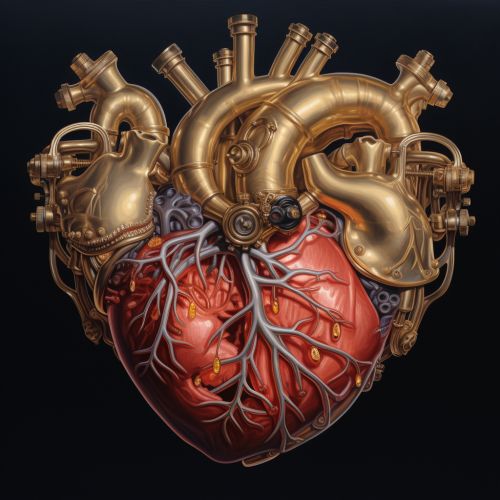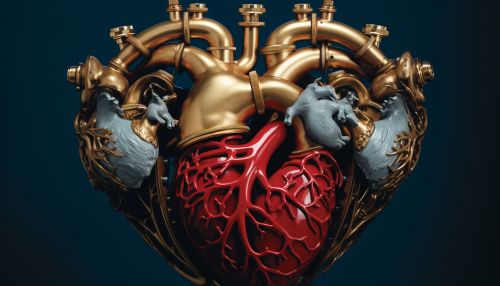Valvular Regurgitation
Anatomy and Physiology of Heart Valves
The human heart is a complex organ composed of four chambers: the left and right atria and the left and right ventricles. These chambers are separated by four valves: the mitral valve, the tricuspid valve, the aortic valve, and the pulmonary valve. These valves ensure unidirectional blood flow through the heart during the cardiac cycle.


Valvular Regurgitation
Valvular regurgitation, also known as valve insufficiency or valve incompetence, is a condition where the heart valves do not close properly. This can lead to the backward flow of blood, known as regurgitation. The severity of regurgitation can range from mild to severe, and it can affect any of the four heart valves.
Causes of Valvular Regurgitation
Valvular regurgitation can be caused by a variety of factors, including congenital heart defects, aging, infective endocarditis, rheumatic heart disease, myocardial infarction, and certain medications.
Types of Valvular Regurgitation
There are four main types of valvular regurgitation, each named for the valve that is affected: mitral regurgitation, tricuspid regurgitation, aortic regurgitation, and pulmonary regurgitation.
Mitral Regurgitation
Mitral regurgitation is the most common type of valvular regurgitation. It occurs when the mitral valve does not close properly, allowing blood to flow backward into the left atrium.
Tricuspid Regurgitation
Tricuspid regurgitation occurs when the tricuspid valve does not close properly, leading to the backward flow of blood into the right atrium.
Aortic Regurgitation
Aortic regurgitation, also known as aortic insufficiency, occurs when the aortic valve does not close properly, allowing blood to flow backward into the left ventricle.
Pulmonary Regurgitation
Pulmonary regurgitation, also known as pulmonary insufficiency, occurs when the pulmonary valve does not close properly, allowing blood to flow backward into the right ventricle.
Symptoms and Diagnosis of Valvular Regurgitation
The symptoms of valvular regurgitation can vary depending on the severity of the condition and the valve that is affected. Common symptoms include fatigue, shortness of breath, palpitations, and swelling of the ankles and feet.
Diagnosis of valvular regurgitation typically involves a physical examination, medical history, and diagnostic tests such as an echocardiogram, cardiac MRI, or cardiac catheterization.
Treatment of Valvular Regurgitation
Treatment of valvular regurgitation depends on the severity of the condition and the symptoms experienced by the patient. Treatment options may include medication, lifestyle changes, or surgical procedures such as valve repair or valve replacement.
